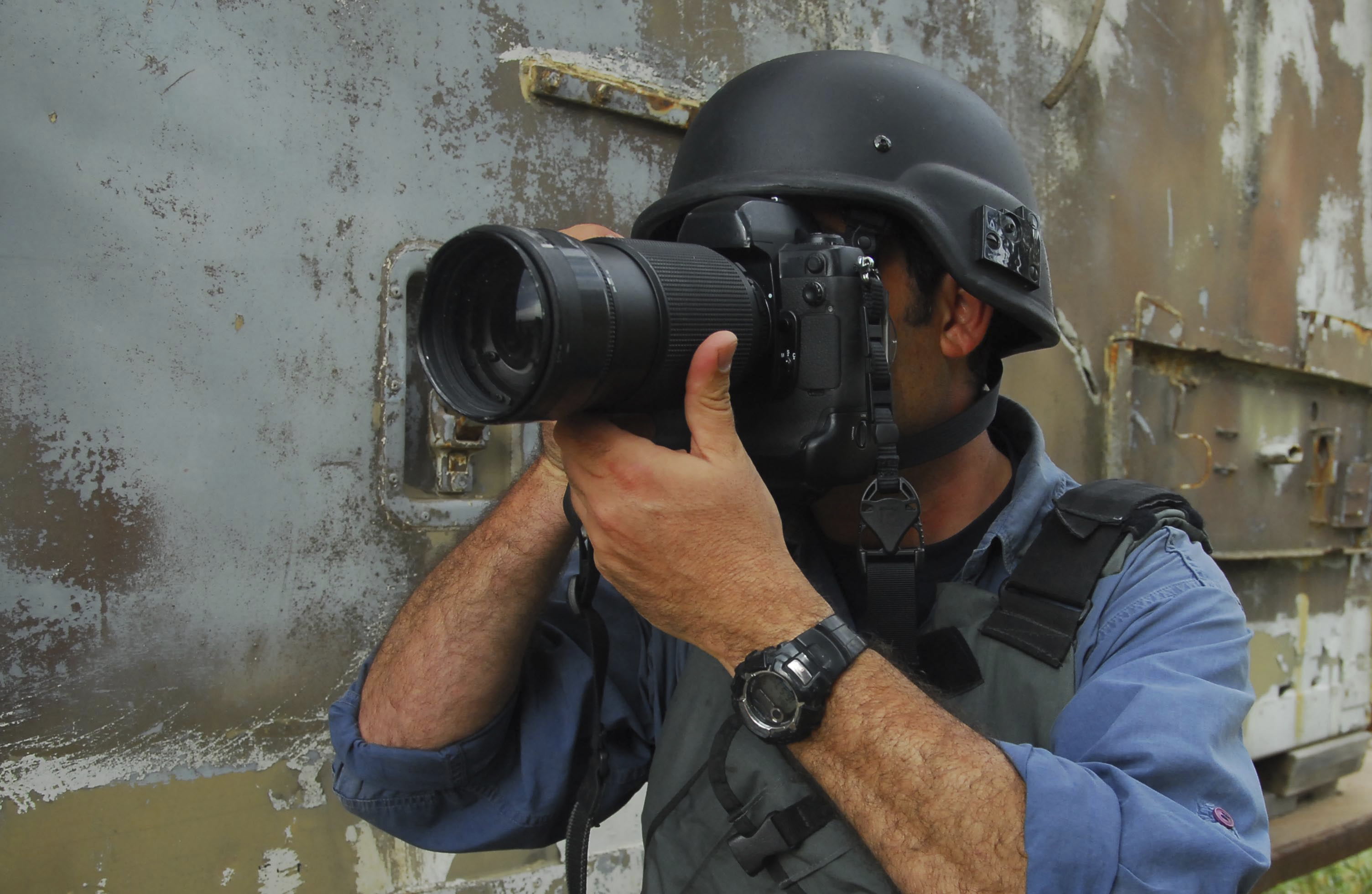Journalist security in hostile environments
Journalists travelling to hostile regions to cover conflict and humanitarian crises, or to expose corruption and human rights violations, face a myriad of threats. Not only must they consider numerous logistical issues and medical risks, but increasingly must prepare for the threats of intimidation, harassment and violence. Indeed in 2017 to date, at least 15 journalists were killed according to the Committee to Protect Journalists (CPJ).
Moreover, as the lines between journalist and citizen reporter become increasingly blurred with more widespread adoption of social media and use of smartphones, even those not typically identifying as journalists can find themselves exposed to heightened risks. In particular, governments have resorted to comprehensive surveillance measures and means of intimidation in an attempt to thwart freedom of expression and undermine democracy.
Hostile environment training, intelligence and security for journalists
These increasingly complex and serious risks underscore the importance of hostile environment training, communications, and intelligence when planning and deploying to hostile environments. Organisations such as the Rory Peck Trust provide assistance to freelance journalists to work safely in challenging environments.
This AKE Special Report highlights some of the key risks facing journalists operating in Afghanistan, China, Egypt, Mexico, Sudan, South Sudan and Ukraine. It also provides some mitigation advice, useful for all journalists and those conducting fieldwork ahead of and during their trip.
AKE's hostile environment training courses, risk assessments and security services are tailored to each project. For details, pricing options and to learn more about our approach to journalist safety, please contact us.



